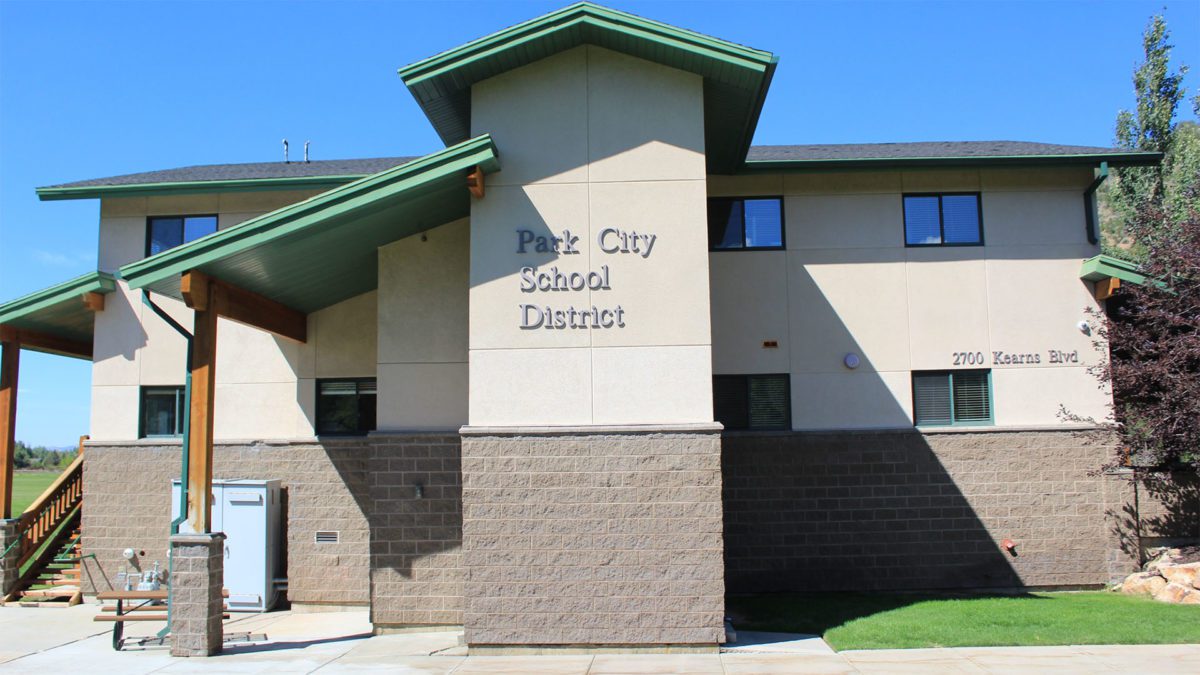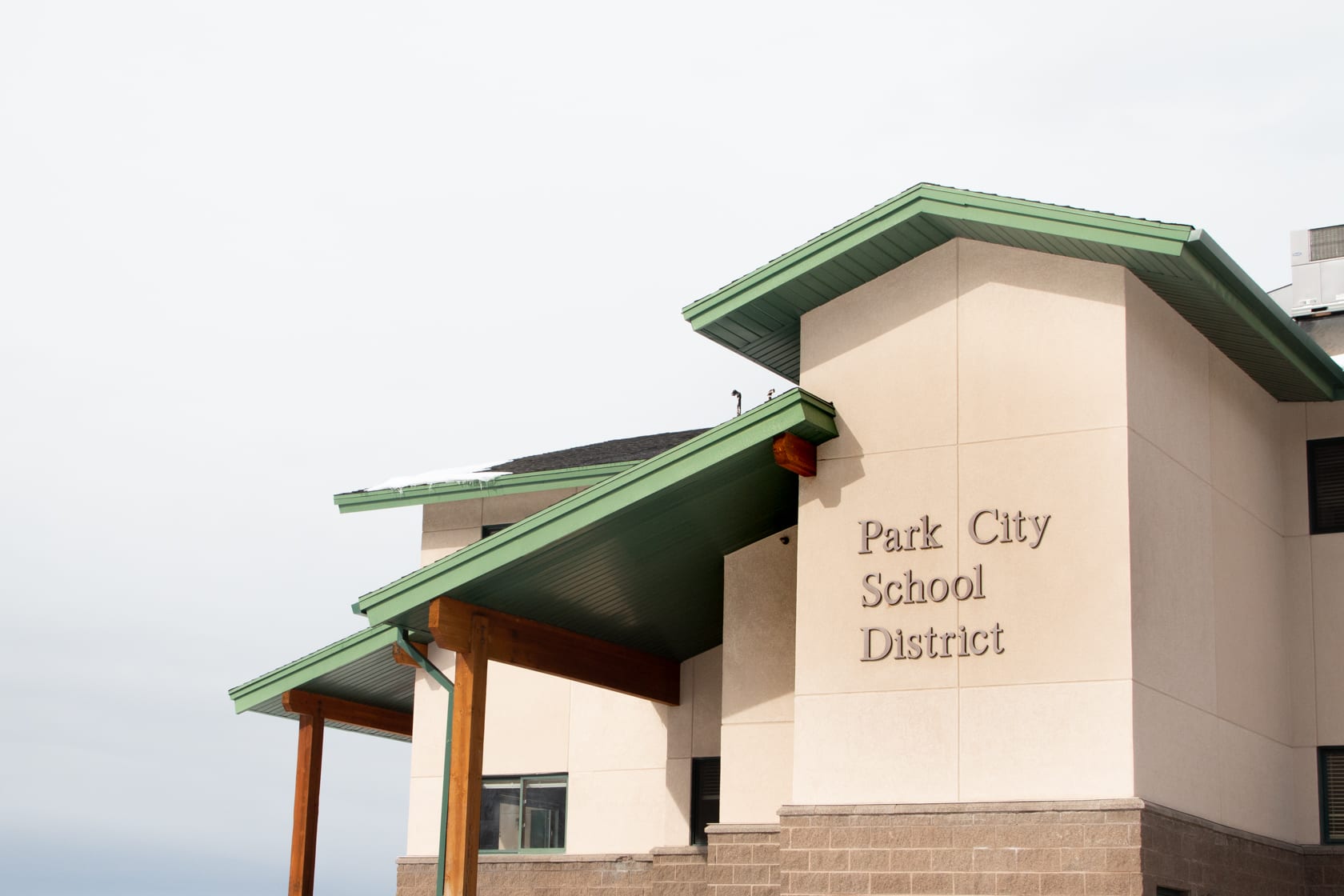Education
Park City Schools project stable enrollment over next five years

Photo: TownLift // Rayne Moynahan
PARK CITY, Utah — The Park City School District’s enrollment appears to be stabilizing after several years of steady decline. Preliminary projections suggest that the district may maintain an enrollment of around 4,000 students over the next five years.
As of October 1, the district reported 4,049 K–12 students, a decrease of 68 from last year’s figure of 4,117, according to Business Administrator Randy Upton during the Board of Education meeting on Tuesday. Including preschool, the district is serving a total of 4,257 students, which is 13 fewer than last year. Officials noted that the October 1 count is a one-day snapshot; funding membership can vary, especially for students who take some courses online.
“So being down 68, with a differential of 200—that’s pretty good,” Upton remarked, referring to the ongoing trend of graduating classes of over 400 students outpacing incoming kindergarten classes, which typically number around 260.
In-migration, which includes children of current and new employees and open-enrolled students from other districts, totaled fewer than 17 students this year. One noteworthy trend observed by administrators was that about 80 students who had previously left for charter or private schools returned in ninth grade, instead of the typical tenth grade.
“Historically, they’ve returned in tenth grade,” Upton explained. “This year, they returned in ninth grade, which created some challenges in terms of master scheduling. We now need to plan for an additional 80 to 100 kids returning in ninth grade instead of tenth.”
Enrollment changes varied by school: Parley’s Park Elementary saw a decline of 25 students, Trailside Elementary gained 25, and Jeremy Ranch Elementary remained about the same. Park City High School lost 27 students from the previous year, although it now includes ninth grade due to district realignment.
A slight positive note was observed in kindergarten, which added 15 students over last year, increasing from 211. This rise generates a small increase in state funding since kindergarten is now funded separately from grades 1–12.
Grade-to-grade survival ratios, which track student retention while considering in-migration, remained favorable across nearly every grade, with only one grade experiencing a decline. “The fact that students are staying and additional migration is occurring is a positive sign,” Upton said.
Preliminary five-year projections, based on recent survival ratios and current in-migration patterns, indicate that enrollment will hover just over 4,000—about three fewer students than currently. “The annual loss of around 100 students we’ve been experiencing seems to be leveling off,” Upton noted. He cautioned, however, that this model assumes consistent kindergarten trends and does not account for significant new housing until such projects are nearing completion. Some of this growth might already be reflected indirectly in survival ratios.
Board members asked whether growth in neighboring South Summit County could impact Park City via open enrollment. Upton said most families would likely choose closer schools, with any spillover limited to pockets near Trailside, Ecker Hill, and Park City High School. He also noted Park City’s open enrollment window was late this year.
The number of students whose native language is Spanish decreased to 588, down from 620 last year, representing more than 10% of total enrollment. The district also reported a significant drop in participation in free and reduced-price lunch programs, although specific figures were not provided. Superintendent Lyndsay Huntsman mentioned that this change might reflect families’ hesitance to disclose information due to concerns over federal data collection. She indicated that the district would investigate whether student lunch debt is on the rise.
Regarding funding, the district came within approximately $40,000 of its weighted pupil unit (WPU) projection. “We’re about $40,000 off in WPU funding,” Upton stated. “In accounting terms, we consider this break-even.”
After several years of decline primarily driven by larger graduating classes outpacing smaller incoming cohorts, district leaders expressed cautious optimism about the stabilization of enrollment. “This may be helping us,” Upton remarked, referring to the higher survival ratios and increased open enrollment. “Not by much, but it’s a positive sign.”




















